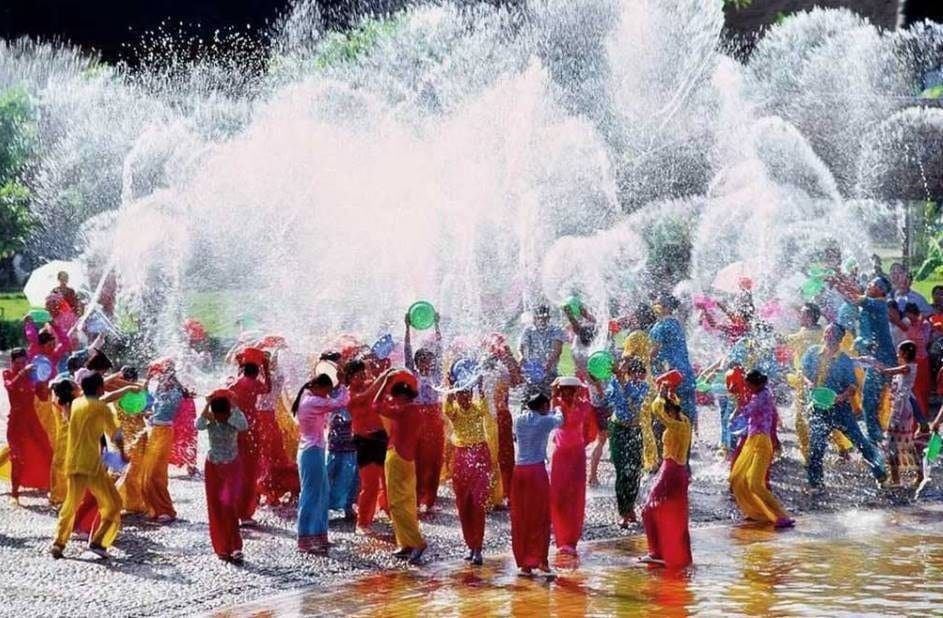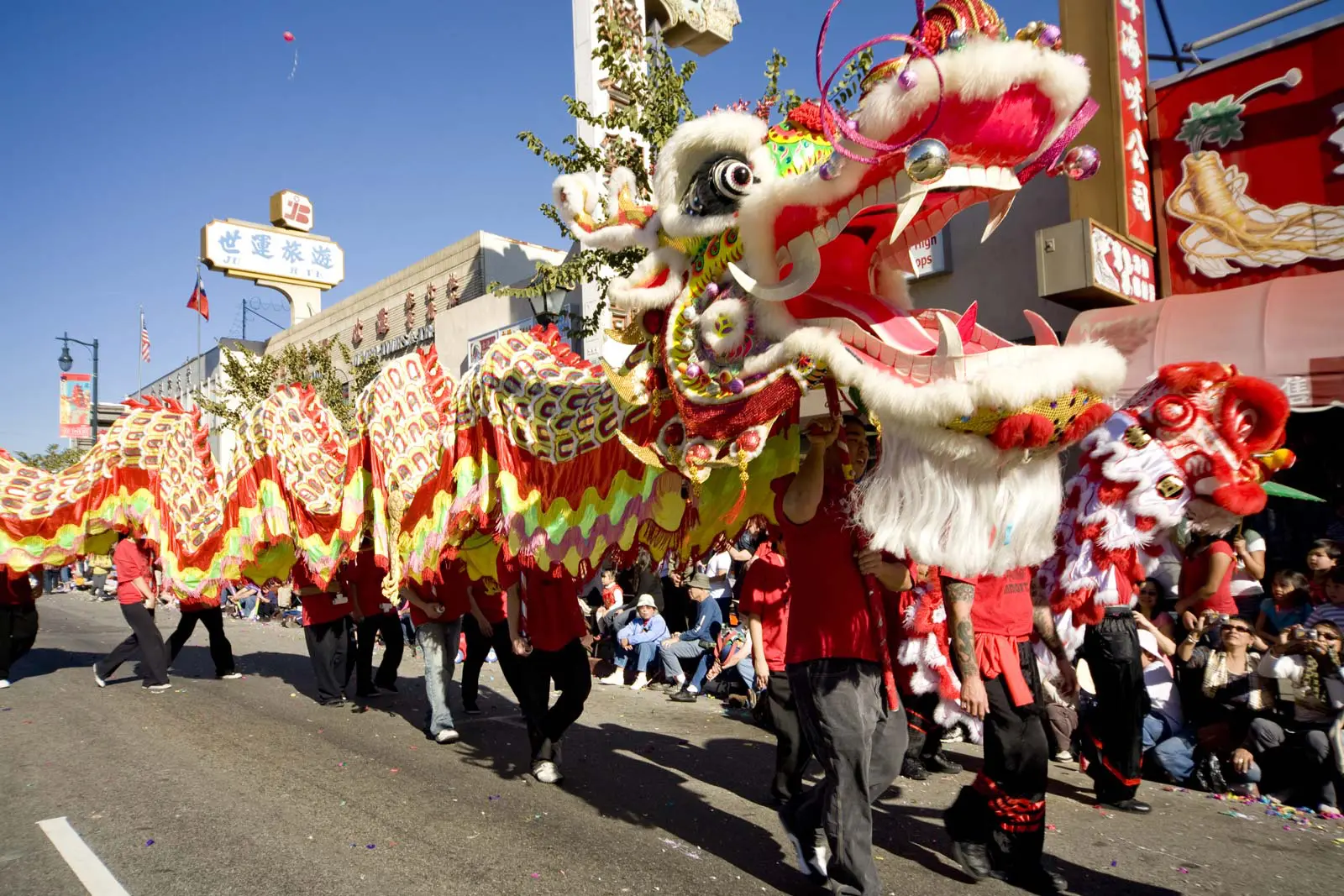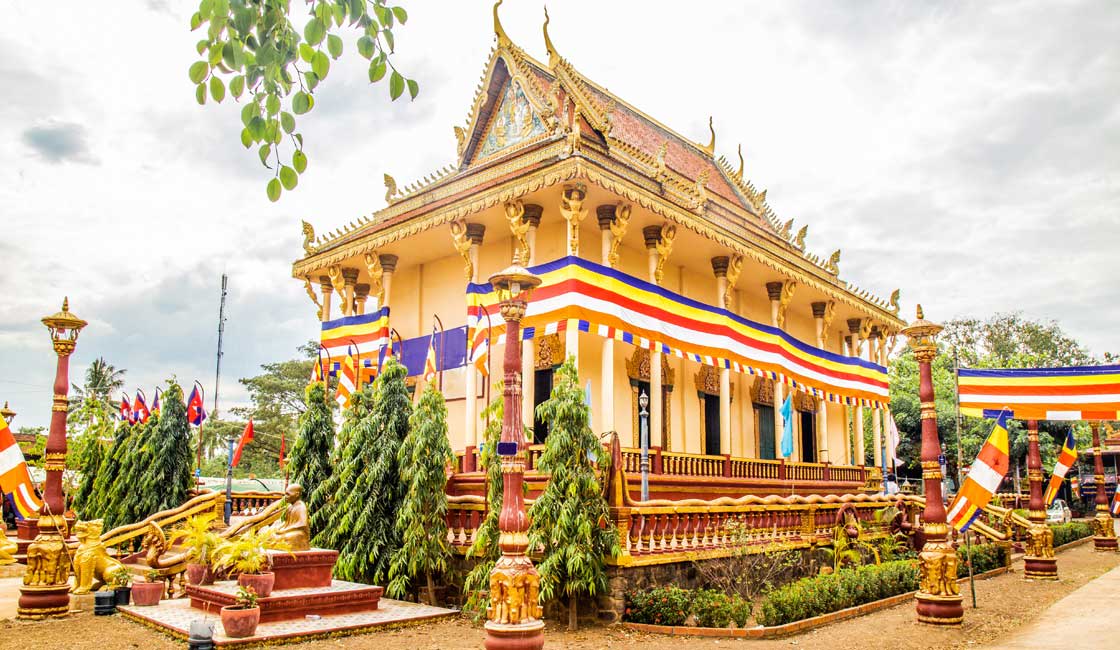
The new year, a time full of hope and expectations for the next year. Around the world, everyone follows different traditions to symbolize the end of the year and new beginnings.
To symbolize putting the past behind, the people of Argentina shred all their old documents and papers. South Africans inelegantly toss their old furniture onto the street from high heights, whereas Latin American countries like to throw buckets of water. Grapes are devoured by Spaniards. They eat 12 fortunate grapes (Las Doce Uvas de la Suerte) each one is supposed to bring one month of good fortune.
Not only is the new year celebrated in diverse ways, but it is also celebrated at different times. Most of the world follows the Gregorian calendar with 12 months. But there are various cultures that celebrate new years according to their calendars. Here are a few of them.
Songkran
Songkran is the Thai New Year and Thailand’s most famous festival. An important event in the Buddhist calendar, this festival marks the beginning of the traditional Thai New Year. The word “Songkran” is derived from a Sanskrit word meaning ‘passing’ or ‘approaching.’ Songkran is celebrated from April 13-15. Water throwing is one of the most popular activities.
The Thais squirt each other with water bottles, water pistols, and even garden hoses. The water is symbolic in the belief that the new year will bring favorable rainfall. For good luck and wealth, all Buddha statues and images are also cleansed.

Rosh Hashanah
Rosh Hashanah is the Jewish New Year. It is observed on the first two days of the Hebrew calendar‘s seventh month in the fall. It is a holiday commemorating the end of the Creation from the Book of Genesis. For Jews, it is a moment to reflect on their mistakes from the previous year and make plans for the next year. As a symbol of a lovely new year, apples dipped in honey are eaten throughout the event. Because it is one of the holiest days of the year, most people spend the day in a synagogue.
Lunar New Year
Lunar New Year is also known as the Chinese New Year or the Spring Festival. Every year the changing date falls between January 21 – February 21, depending on when the first lunar month has a new moon. The 15-day observance is the most important of the traditional Chinese holidays.
Rituals and traditions vary by region, but they all revolve around bidding farewell to the previous year and wishing luck and prosperity for the new one. Traditionally, the event was a time to commemorate deities and ancestors, but now the occasion is used to meet family members and feast together.

Puthandu
Puthandu is the Tamil New Year. It is observed on April 14 every year, according to the solar calendar. Tamil New Year’s Day is celebrated on the first day of Chithirai, the first month in the Tamil Calendar, and is also known as Varusha Pirappu.
New clothes, music, sweets, and rice flour kolams (street art) are displayed in front of homes to commemorate the occasion. Puthandu is primarily observed in Tamil Nadu and Sri Lanka. Other Tamil diasporas in Malaysia and Singapore observe the holiday as well.
Enkutatash
The Ethiopian New Year falls on September 11th during a regular year or September 12th during a leap year. The East African country has its own unique calendar, which is seven to eight years behind the Gregorian calendar. Enkutatash is translated to “gift of jewels,” a name that derives from the story of the ancient queen of Ethiopia, Queen of Sheba. People commemorate the spring festival by dancing, singing, and celebrating. Although it is not exclusively a religious holiday, several cities host spectacular religious events.
Hijri New Year
The Islamic New Year also known as the Hijri New Year is the first day of Muharram and the first month in the Islamic calendar. According to the Islamic calendar, days begin at sunset. Because the Islamic year is 11 to 12 days shorter than the Western year, the festival occurs on a different day each year.
Muharram is known as the month of memory and is significant to Muslims all around the world since it is marked with rituals and prayers. The entire month is of religious significance.

Losar
Losar is the Tibetan New Year. According to the Tibetan Lunar calendar, it is the first day of the year. The holiday is celebrated on various dates depending on the region. For a week or two, the Losar festival is one of the most joyful times of the year, with a variety of religious, cultural, and merrymaking festivities. The Losar festival is a time when visitors may see and enjoy the best of Tibetan culture and cuisine. Men, women, and children are dressed in their best traditional outfits. Prayer flags of diverse colors flutter from the tops of houses, monasteries, and the surrounding hills.
Choul Chnam Themey
Cambodia celebrates its most anticipated holiday between April 14th and 16th, slightly over three months later than the typical western New Year. Each year, one of the 12 animals from the Lunar New Year will be represented by the turnover: a dragon, dog, goat, monkey, horse, snake, tiger, pig, rabbit, rooster, ox, or rat. Locals who frequently mix with guests, begin their celebration of the harvest season’s end.
Farmers who have been planting and harvesting rice for the whole growing season can now relax and enjoy some well-deserved downtime. Apart from the colorful traditional clothes, one of the most appealing features of the celebration for Cambodians is the traditional games played throughout the festival, the most popular of which is “Chab Kon Kleng.”
The game is played by two or more people, with one acting as a “hen” and the other as a “crow.” The “crow” attacks the “hen’s” nest in the hopes of stealing the babies.

The traditions and the dates might be different but the aim is the same worldwide, to leave behind the past and hope for a brighter future. Let’s move into this new year with hope and joy.
About the Author: Harini Satish is a first-year student at Manipal Institute of Communication, MAHE.




Be the first to comment